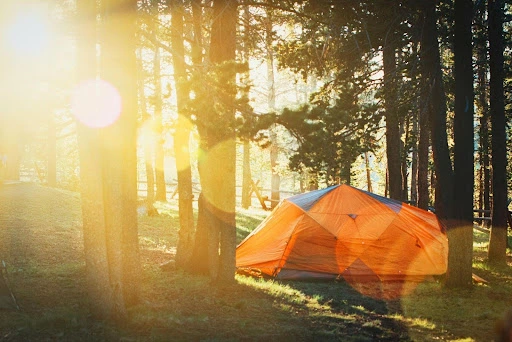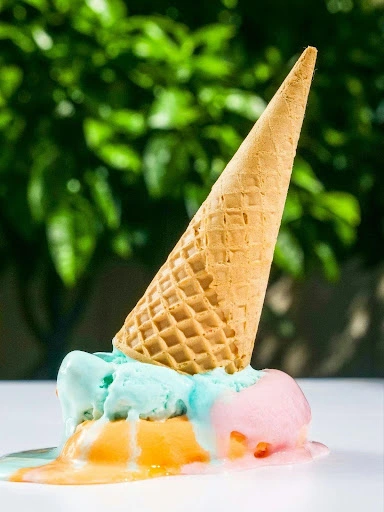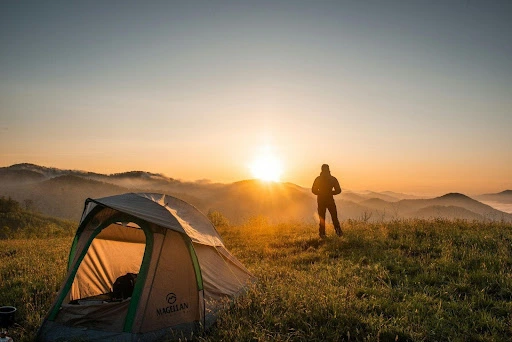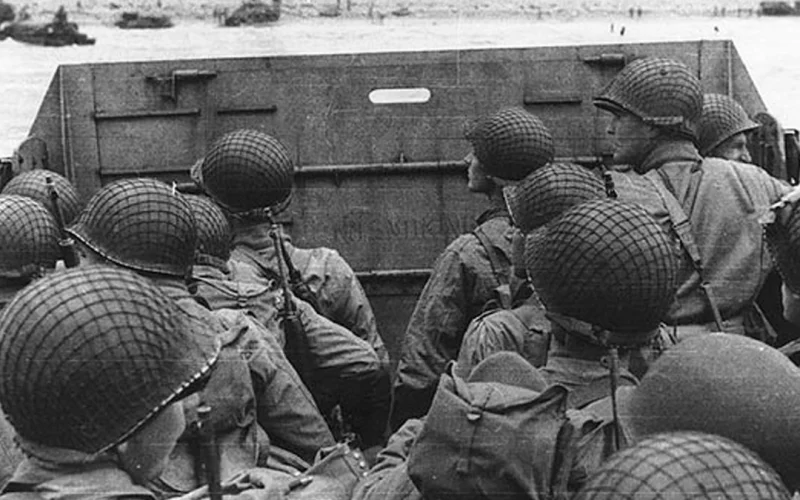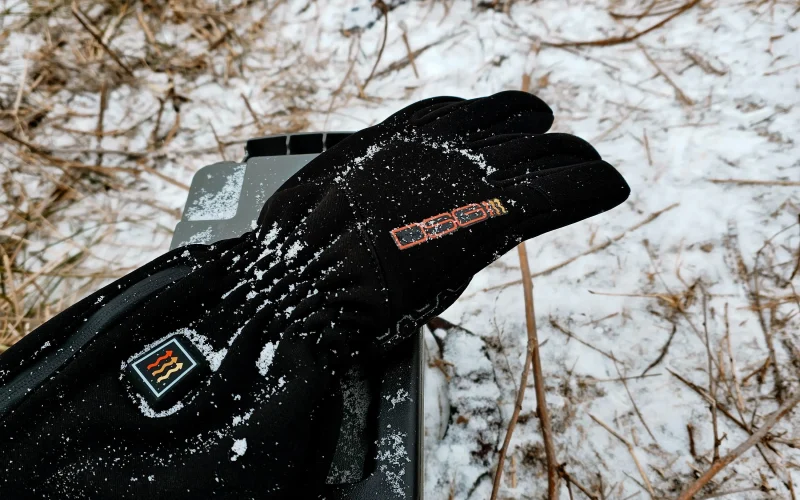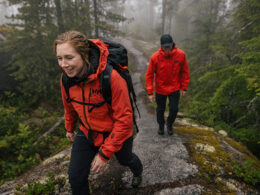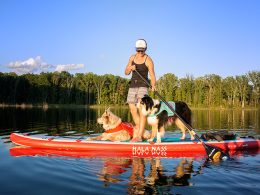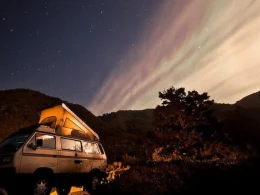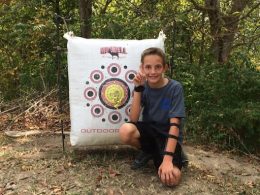For camping enthusiasts who cherish long days under the open sky, the sun’s warm embrace can feel like a gift. The golden rays illuminate trails, warm your skin and make every moment in nature vibrant. But prolonged sun exposure, especially during extended outdoor adventures, carries risks that can turn a dream trip into a nightmare.
From sunburn to heat stroke, the sun’s power demands respect. This article explores the effects of prolonged sun exposure, the dangers of heat-related illnesses, and practical ways to prevent them.
Table of Contents
The Effects of Prolonged Sun Exposure
The sun’s ultraviolet (UV) rays are both a blessing and a challenge. They trigger vitamin D production, lift your mood, and enhance the camping experience. Yet, too much exposure can harm your skin and overall health. UV rays penetrate the skin, causing damage that ranges from mild to severe.
Sunburn is the most immediate consequence. After just a few hours of unprotected exposure, your skin can turn red, tender, and painful. Severe sunburns may blister, increasing infection risk. Over time, repeated sunburns elevate the likelihood of skin cancer and other epidermal conditions.
Beyond the skin, prolonged sun exposure can dehydrate you. Sweating under the sun’s heat pulls water from your body, and without proper hydration, you may feel dizzy, fatigued, or confused. These are early signs of heat exhaustion, a condition that can escalate if ignored. Your body struggles to cool itself, especially in humid conditions common during summer camping trips.
The most severe risk is heat stroke, a life-threatening condition where your body temperature soars above 104°F (40°C). Symptoms include confusion, rapid heartbeat, and even seizures. Without prompt intervention, heat stroke can cause organ damage or death. Campers, often far from medical help, must take proactive steps to avoid this danger.
Why Campers Are Vulnerable
Camping exposes you to the sun in ways daily life often doesn’t. You’re outside for hours, hiking, fishing, or setting up camp, with no walls to block UV rays. High-altitude campsites intensify exposure—UV radiation increases by about 4% for every 1,000 feet above sea level. A campsite at 8,000 feet, common in places like the Rockies, delivers significantly stronger UV rays than a beach at sea level. Reflective surfaces like water, sand, or snow can amplify exposure, doubling the UV dose to your skin.
Physical exertion also plays a role. Hiking or chopping wood raises your body temperature, making it harder for your body to regulate heat. Carrying a heavy backpack traps heat against your body, and tight schedules may discourage breaks for hydration or shade. These factors combine to make campers particularly vulnerable to sun-related health issues.
Preventing Sun Stroke and Heat Stroke
The good news? You can protect yourself with practical strategies that fit seamlessly into your camping routine. By planning and staying vigilant, you’ll keep the sun’s risks at bay while enjoying nature’s beauty.
Clothing is your first line of defense. Opt for long-sleeve shirts and pants made of lightweight, breathable fabrics with a UPF (Ultraviolet Protection Factor) rating of 50 or higher. These block up to 98% of UV rays. A wide-brimmed hat shields your face, neck, and ears while UV-blocking sunglasses protect your eyes from cataracts and other damage. For hot days, choose loose-fitting, moisture-wicking gear to stay cool while covered.
Use a broad-spectrum sunscreen with at least SPF 30, which blocks about 97% of UVB rays. Apply it generously—about 1 ounce (a shot glass full) for your body—15 minutes before sun exposure. Reapply every two hours, or more often if swimming or sweating. Don’t forget vulnerable spots like your ears, neck, and the tops of your feet.
Dehydration fuels heat-related illnesses. Drink water consistently, aiming for 2-3 liters per day, more if you’re active or in hot conditions. Start hydrating before your trip—waiting until you’re thirsty is too late. Pack a portable water filter or purification tablets to ensure safe drinking water at remote campsites. Add electrolyte packets to your water to replace salts lost through sweat, especially during long hikes. Avoid alcohol and sugary drinks, which can dehydrate you further.
- Seek Shade and Time Your Activities
The sun’s rays are strongest between 10 a.m. and 4 p.m. Plan strenuous activities like hiking or setting up camp for early morning or late afternoon. During peak hours, relax in the shade of a tree, tarp, or lightweight pop-up canopy. If you’re near water, be mindful of reflected UV rays, and set up your shade structure to minimize exposure. A brief pause in the shade can lower your body temperature and prevent overheating.
- Monitor Your Body
Listen to your body’s signals. Early signs of heat exhaustion—dizziness, nausea, headache, or heavy sweating—mean it’s time to rest, hydrate, and cool down. If you or a camping partner shows signs of heat stroke, such as confusion, rapid pulse, or dry skin despite the heat, act fast:
- Move to a shaded, cool area.
- Apply cool, wet cloths to the skin or immerse in cool water if possible.
- Hydrate with small sips of water if the person is alert.
- Seek medical help immediately if symptoms persist—remote areas may require a satellite phone or emergency beacon.
- Pack Smart for Sun Protection
Your gear can make a difference. Include a compact umbrella for instant shade during breaks. A cooling towel, soaked in water, can lower your body temperature when draped over your neck. For group trips, a lightweight tarp or sunshade creates a communal shaded area at camp. Check the UV index before your trip using a weather app—anything above 3 requires extra precautions.
Final Thoughts
Don’t get me wrong, the sun on a camping trip is a blessing. But having been on countless adventures, I’ve learned that prolonged sun exposure can steal the joy from your adventure, leaving you burned, dehydrated, or worse. But with the right precautions—protective clothing, sunscreen, hydration, shade, and smart timing—you can keep the sun’s risks at bay.

